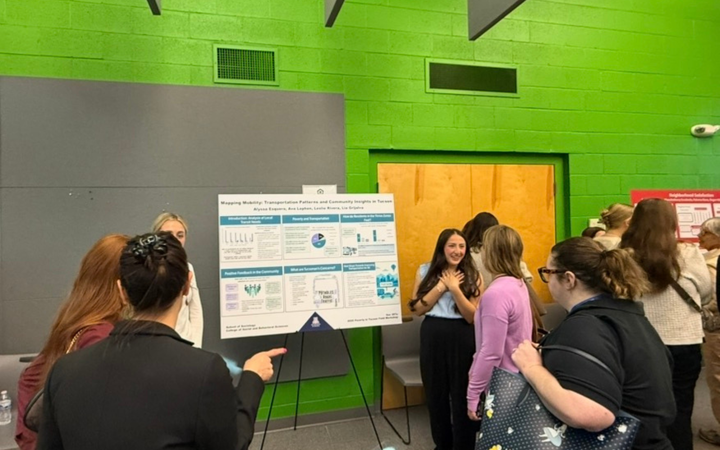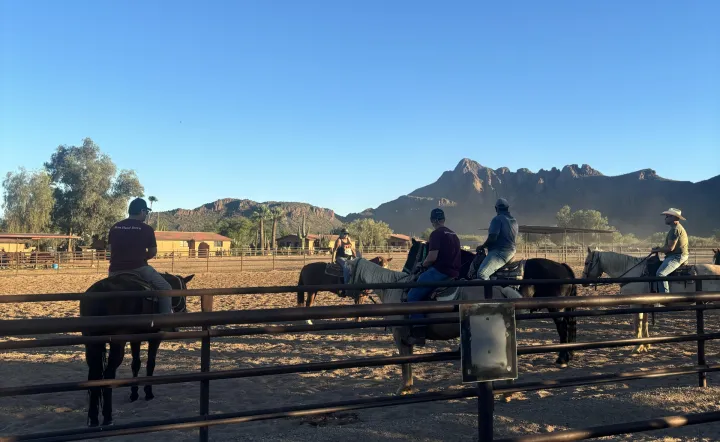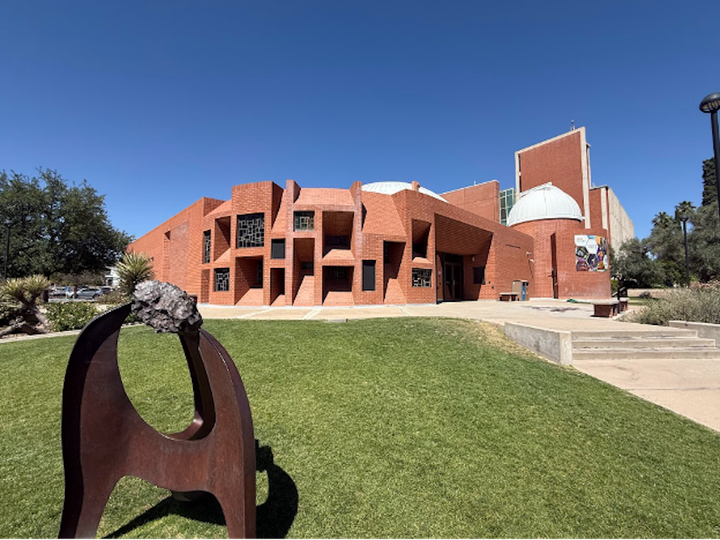Sunnyside partnership expands college access
The Tri-School Partnership unites Sunnyside Unified School District, the University of Arizona and Pima Community College to improve college access and success for underserved students in Tucson.
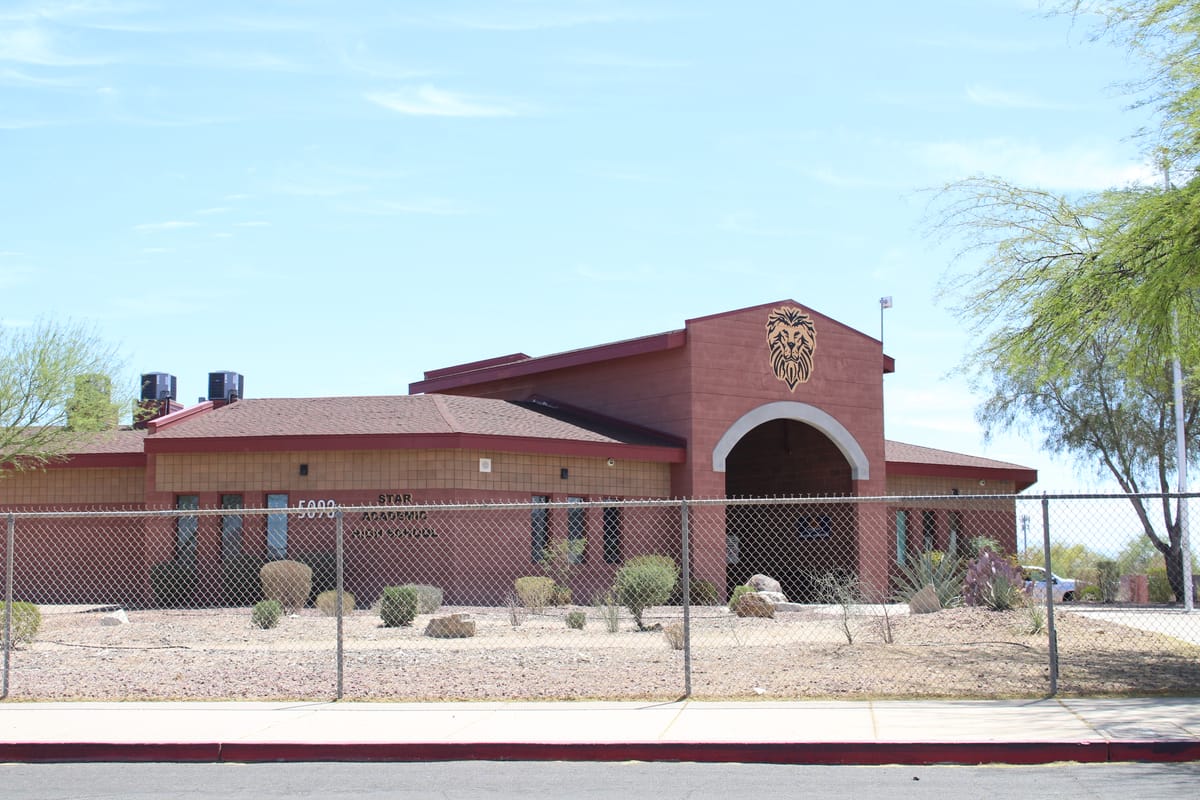
Lizzy Sorensen / University of Arizona School of Journalism
Aiming to boost college access and success for Tucson’s most underserved students, the Sunnyside Unified School District has joined forces with the University of Arizona and Pima Community College in a first-of-its-kind collaboration designed to create clearer, more connected pathways from high school to higher education.
The Tri-School Partnership is working to close gaps in college access and retention for low-income, first-generation and underrepresented students.
Sunnyside Unified School District’s minority enrollment stands at 97%, significantly higher than the state average of 66%, according to Public School Review. Yet only 49% of its graduates enroll in postsecondary education within a year of finishing high school.
The Tri-School Partnership seeks to raise that figure to 60% by 2030, aligning with the statewide Education Forward Arizona goal.
“Sunnyside’s vision is college, career and community-ready, and we truly put action steps behind that vision,” said NJ Utter, Sunnyside’s student services coordinator. “It is not enough just to get students to graduation. Instead, we focus on helping students to graduate with a postsecondary plan.”
The roots of the initiative go back to 2019, when the district partnered with the UA to launch the Sunnyside C.A.T.S. program, or Connecting for Access, Transition and Success.
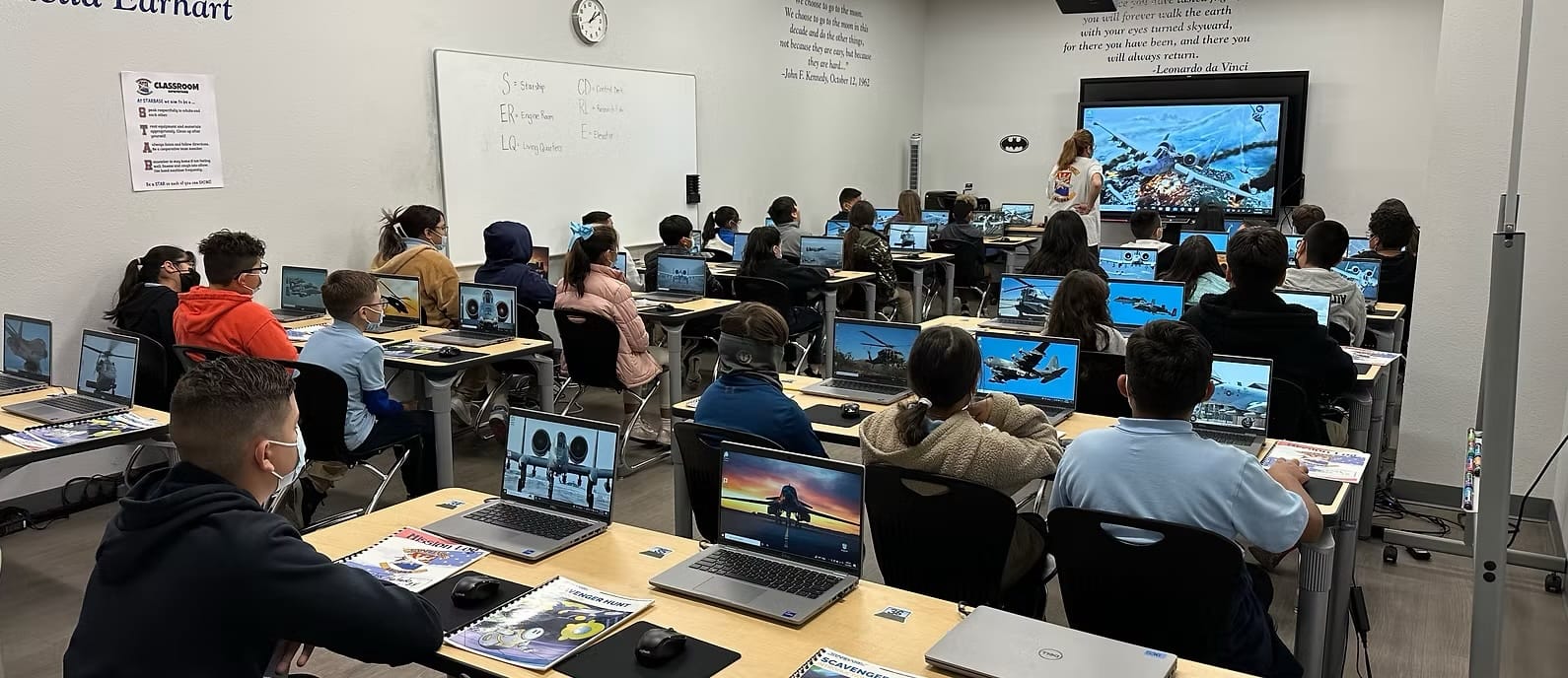
While C.A.T.S. successfully increased UA enrollment, the district wanted a broader reach.
“Our superintendent, a first-generation college student himself, strongly felt that we could do more,” Utter said. “He reached out to the UA and Pima, asking them to collaborate in a partnership where we could work together to identify ways we could support more students who aspire to higher education.”
Each institution agreed to dedicate staff time to the effort. Together, they established five core priorities:
- Expanding dual enrollment
- Developing college and career exploration lessons beginning in middle school
- Strengthening the Advancement Via Individual Determination (AVID) program, a schoolwide system designed to increase the number of students who enroll and succeed in higher education
- Increasing family engagement
- Enhancing transition support for students entering college
“The initial request was that each institution designate staff to develop and implement a plan,” Utter said. “This team started by identifying everything that was already in place and then we looked for areas that either needed to be enhanced or that we thought were missing.”
The partnership differs from other college access programs in its integrated approach and commitment to cross-institutional collaboration.
“One of the things that makes us unique is that we are piloting new strategies and systems,” Utter said. “Our hope is that we are helping to develop better systems that will help not only our students but students across Tucson.”
The program has already brought more than 1,000 freshmen to the UA campus for college exposure events — nearly 60% of whom had never been on campus before. In January, 220 seniors attended an admitted student visit, and more than 300 signed up to visit Pima Community College. The district is also supporting five high school teachers in becoming certified to teach dual enrollment courses, according to Utter.
Although many initiatives are still in the planning or early rollout stages, Utter said student and family buy-in has been encouraging.
“As we develop strategies, we consistently collect feedback from students,” Utter said. “We want to hear from them what helped them and what barriers they still face. We are all committed to making changes with the feedback from our students guiding the work.”
A significant portion of the partnership’s financial backing came from family foundations with ties to local education efforts.
“It was SUSD’s track record of being good stewards and being really collaborative partners that made this kind of a no-brainer for the foundation,” said Kerri Lopez Howell, a strategic advisor to The Osa Foundation.
The Osa Foundation contributed $80,000 to the initiative over two years. Robin Levin, the foundation’s president and founder, pointed to the important role philanthropy plays in innovation.
“In my opinion, a philanthropy’s role is to pilot ideas, bring new ideas in and take on risks that perhaps government agencies and other institutions cannot,” Levin said. “If those risks take off, if they’re proven fruitful and successful, the idea is that the individual parties involved will take over the costs.”
Levin, who has primarily worked in the Chicago area, said she was surprised to see a lack of organizations in Tucson working to build bridges between K-12 and higher education.
“They are very difficult transitions for students to walk through because the institutions involved don’t necessarily speak with each other,” she said. “They don’t create the bridges that students need to get from one institution to the next.”
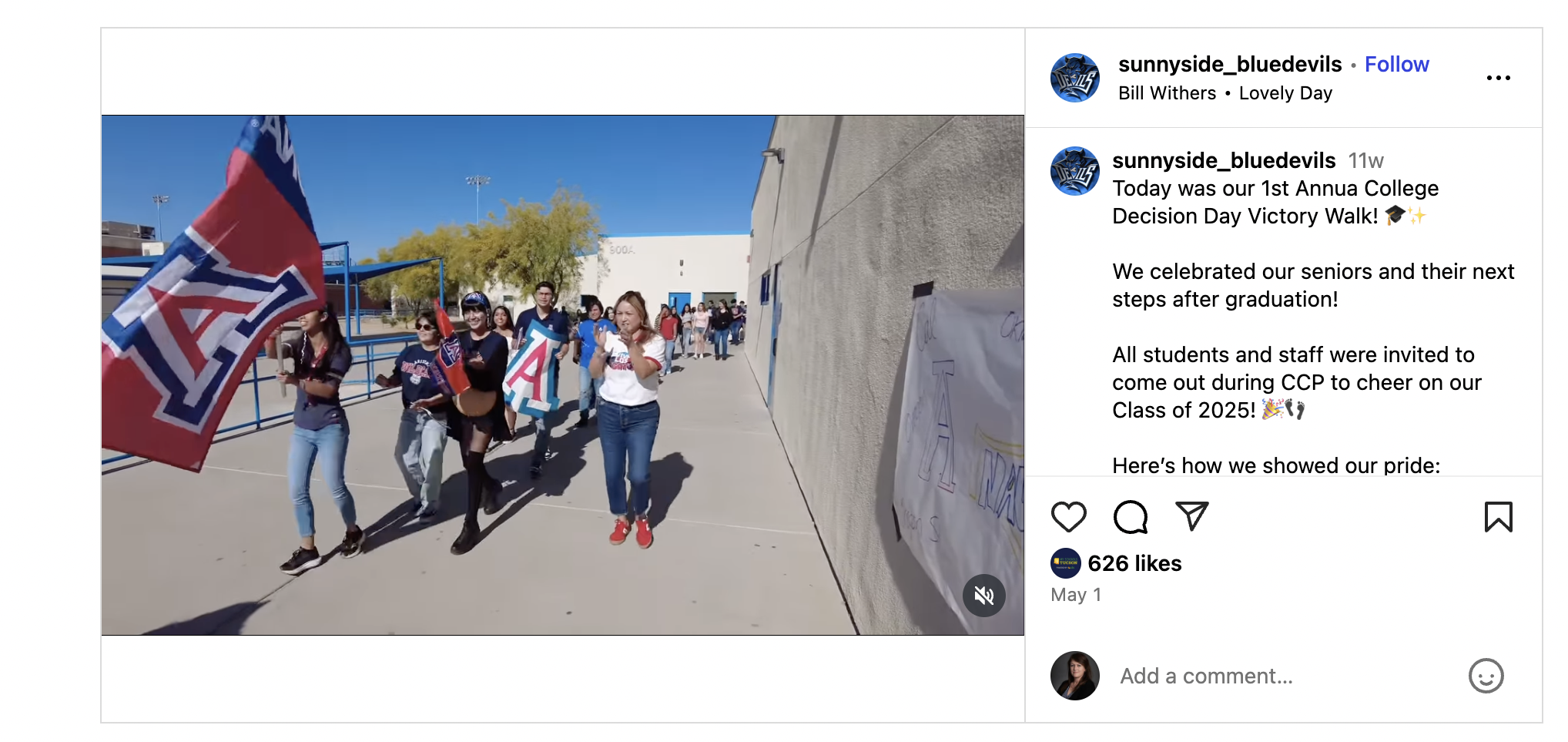
That’s why, for Levin, bringing representatives from Pima, UA and Sunnyside together is a major achievement.
“We are bringing three unique institutions to a table, which has not happened before around the subject of getting more students into and through postsecondary education,” she said. “An indicator of early success is that the meetings are happening.”
Hector Corrales, vice president at the Reinhaus Family Foundation, echoed that optimism.
“The Tri-School Partnership was brought to us as a collaboration with The Osa Foundation. This initiative fits into the foundation’s mission to help attain a higher education,” he said. “Reinhaus has promised support for the next two years to give the partnership time to implement what it has proposed and will continue funding as needed, according to program interest and results.”
The Reinhaus Family Foundation has already established scholarships and funding across all three partner institutions. What sets this initiative apart, Corrales said, is its clarity and emphasis on family involvement.
“There was not a program dedicated to postsecondary education that laid out a clear path to attainment,” he said. “Stressing dual-enrollment opportunities, increased campus visits and the importance of family outreach sets this apart.”
Though still in its early stages, the partnership has stakeholders optimistic about its long-term potential. At the Tri-School Partnership Summit on April 22, students, staff and leaders from all three institutions came together to evaluate what’s working and what needs improvement.
“There are a lot of people who believe in the power of educational opportunity,” Utter said.
Lizzy Sorensen is a University of Arizona alum.
Tucson Spotlight is a community-based newsroom that provides paid opportunities for students and rising journalists in Southern Arizona. Please support our work with a paid subscription.

